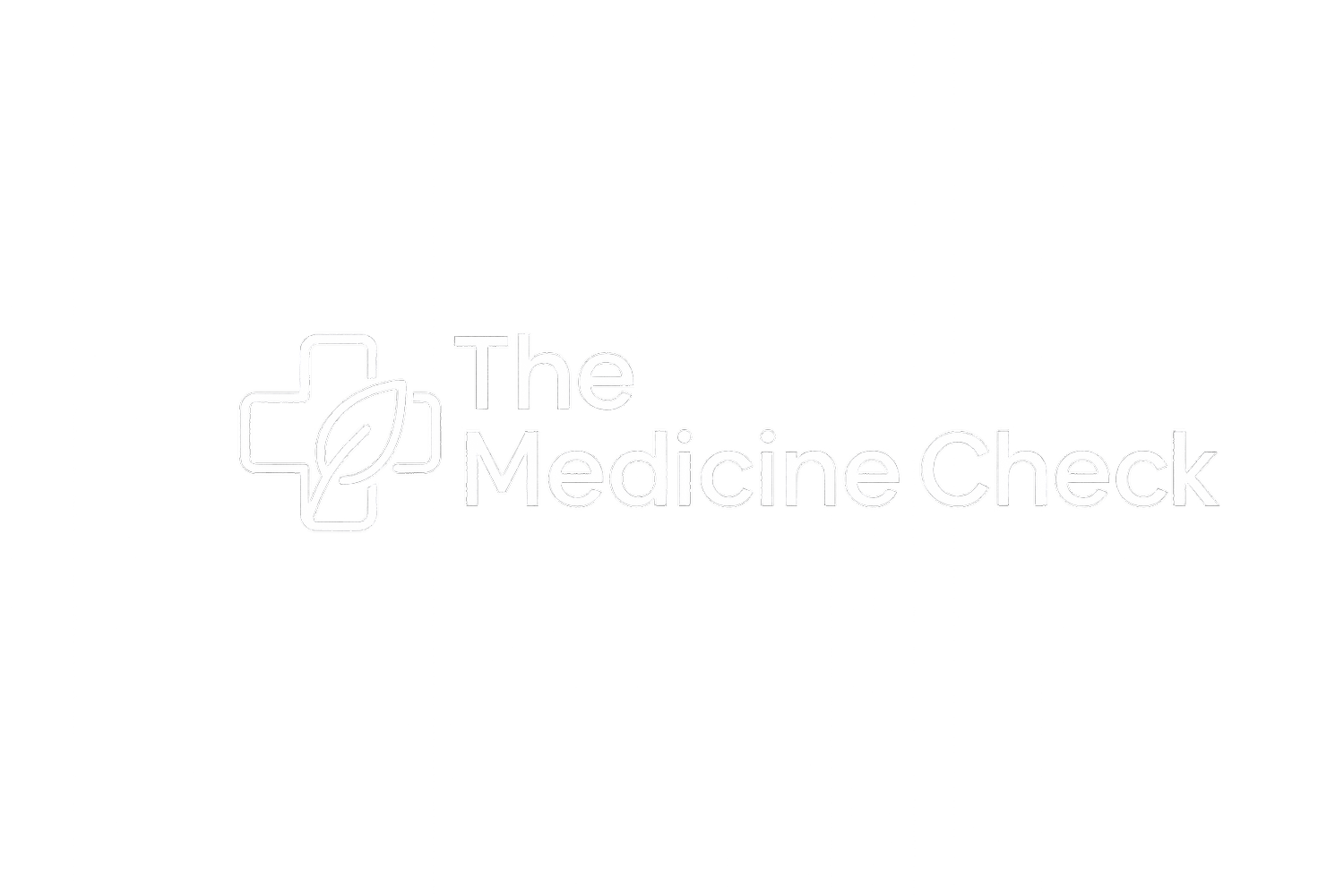
Retirement Healthcare Spend Estimator
Retirement Healthcare Spend Estimator
Estimate your likely healthcare costs in retirement based on historical norms and medical inflation. Adjust life expectancy, inflation, and household type for a personalized benchmark.
Baselines: $172,500 lifetime spend at 65 (2025 dollars, individual) – Fidelity; $6,330 annual out-of-pocket at 65 (2022 dollars) – KFF.
*Estimates for retirement ages below 65 incorporate modeled adjustments based on HealthView Services and EBRI data to reflect higher pre-Medicare costs and longer coverage periods.*
Planning for retirement means more than just saving for travel or hobbies — it also means preparing for the rising cost of healthcare. This calculator estimates how much you can expect to spend on healthcare throughout retirement, based on your age, household type, and an adjustable healthcare inflation rate.
By adjusting your retirement age and life expectancy, you’ll see how longevity and medical inflation affect your projected lifetime healthcare spending and annual out-of-pocket costs. These numbers aren’t predictions — they’re planning benchmarks, meant to help you make informed decisions about your future health and financial well-being.
Sources & Methodology
Fidelity Retiree Health Care Cost Estimate (2025):
According to Fidelity Investments, a 65-year-old individual retiring in 2025 can expect to spend approximately $172,500 on healthcare throughout retirement (not including long-term care). This calculator uses that figure as its baseline and doubles it for couples. The total is adjusted forward based on the user’s selected annual healthcare inflation rate.
Kaiser Family Foundation (KFF) Medicare Out-of-Pocket Spending (2022):
KFF reported that Medicare beneficiaries spent an average of $6,330 out of pocket in 2022 on premiums and non-covered services. This calculator grows that figure by the chosen medical inflation rate to estimate annual out-of-pocket costs at the user’s retirement age.
Healthcare Inflation:
Healthcare costs historically rise faster than general inflation. A default rate of 4% per year was chosen to reflect long-term healthcare cost trends based on Centers for Medicare & Medicaid Services (CMS) National Health Expenditure projections. Users can adjust this to explore different planning scenarios.
Important Note:
This calculator estimates retirement healthcare spending using baseline data from Fidelity Investments (2025), as noted above. The estimate adjusts for:
Healthcare inflation – user-specified annual rate compounded from the 2025 baseline, as above.
Retirement age – scaled using modeled adjustment factors derived from HealthView Services (2023 Retirement Healthcare Costs Report) and Employee Benefit Research Institute (EBRI, 2022) data.
Earlier retirement (ages 55–64) increases estimated lifetime costs by ~35–65% to account for higher pre-Medicare premiums and longer coverage periods.
Later retirement (ages 70–75) decreases costs by ~15–25% due to shorter retirement durations.
Life expectancy – adjusts duration of expected healthcare spending proportionally.
All figures represent lifetime out-of-pocket costs, including premiums, copays, and other unreimbursed medical expenses. Estimates are for educational purposes only and should not be used for financial planning or investment decisions.

